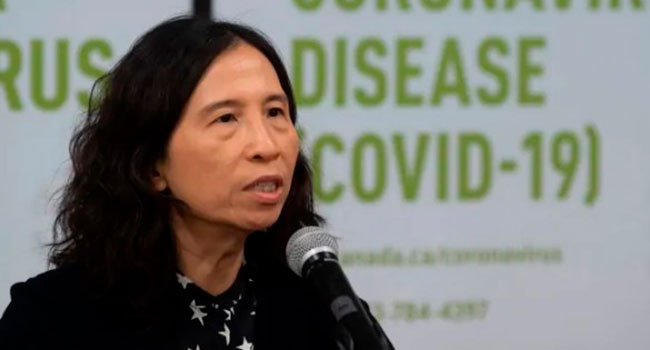 In addition to upending 21st century normalcy, the COVID-19 pandemic has shone the light on science itself. Just how reliable is it?
In addition to upending 21st century normalcy, the COVID-19 pandemic has shone the light on science itself. Just how reliable is it?
It’s an interesting question.
First, though, let me be open about my default settings.
I’m generally very big on medical science, believing that without it I mightn’t be alive today.
Ireland, where I grew up, was badly hit by the 20th century tuberculosis outbreak and I was one of its victims. A critical component of my successful treatment was streptomycin, a drug introduced in the U.S. in the 1940s.
Decades later, I benefited from the innovation of PSA screening, which acted as a potential prostate cancer warning and facilitated early action. Given that my father died an unpleasant death from the same affliction at a younger age than my current one, perhaps my life was saved.
So I’m well disposed towards medical science.
As for science in general, I’m also a fan. But with caveats.
Karl Popper’s falsifiability principle strikes me as important.
Specifically, a scientific proposition needs to be refutable – meaning it should be possible to define a test that might prove it false. Otherwise, a significant degree of skepticism is appropriate. To quote Popper, “A theory that explains everything explains nothing.”
And declarations that science is settled don’t warm my heart or build my confidence. I think of science as an ongoing process and attempts to shut down discussion just raise my suspicions.
I also think it’s naïve to believe that scientists are devoid of ego, personal values, political preferences and ideology. In theory, a scientist should put such considerations aside. In practise, that’s a very big ask.
I’m prepared to cut science some slack on COVID-19. In a brutally uncharted real-time environment, mistakes will be made.
Still, there were significant areas where science fell short of what common sense would’ve suggested.
Masks are a case in point.
Many of us figured out early that masks could be of some value in certain situations. Yes, they were by no means foolproof and shouldn’t be a licence to behave recklessly. However, the maxim to never make the perfect the enemy of the good surely applied.
But for weeks, the official scientific instruction was opposed. Then came the about-turn and the elevation of masks to near religious status.
Care homes are another example.
We regularly visit an elderly friend in a long-term care facility but stopped doing so in early March. It just seemed irresponsible in light of the generally fragile state of resident health. And we wondered why the medical authorities were slower on the uptake than we were.
Ideology also reared its head.
The initial reluctance to shut down international travel – even from COVID-19 hot spots – can probably be ascribed to concerns of racism, stigmatization and xenophobia. So instead of timely action, we were treated to fatuous mantras about the virus not respecting or recognizing boundaries. Mere common sense would’ve suggested that infected carriers crossing borders was potentially a huge problem.
Then came the Black Lives Matter protests.
After weeks of public health evangelization on the need to avoid large gatherings, the protests no sooner erupted than they had the approval – sometimes explicit and sometimes tacit – of large chunks of those who’d been evangelizing. Unintended though it may have been, the message was unmissable: public health rules don’t apply to favoured political causes.
There have also been bright spots, situations where medical science has shone.
As of this writing, the population-adjusted COVID-19 case count in Texas is between 80 and 90 per cent of that experienced in New York. Its death rate, though, is just over one-fifth of New York’s.
Part of the difference has to do with Texan infections skewing younger. But a big part derives from a rapid learning process.
The Texas surge came later than New York’s and the state’s medical apparatus was able to use the intervening period to adjust treatment protocols and ramp up preparations. This sort of real-time learning and adaptation is medicine at its best.
Bottom line, the pandemic has underlined both the fallibility and indispensability of science. We should neither disregard it nor worship uncritically at its altar.
That’s inconveniently messy. It’s also real life.
Meanwhile let’s hope that Oxford epidemiologist Sunetra Gupta is correct and the threshold for effective herd immunity is much lower than generally thought. That would be nice.
Troy Media columnist Pat Murphy casts a history buff’s eye at the goings-on in our world. Never cynical – well perhaps a little bit.
The views, opinions and positions expressed by columnists and contributors are the author’s alone. They do not inherently or expressly reflect the views, opinions and/or positions of our publication.

